The Makerspace Mindset
The first step to creating your makerspace or rejuvenating an existing makerspace should be getting the mindset right. Makerspaces are all about hands-on learning, creativity, and technology. No matter their size and regardless of the resources they host, makerspaces provide students with an environment where they can explore, experiment, and innovate.
Understanding the Essence of Makerspaces
At their core, makerspaces are not just physical spaces filled with tools and resources; they are places that foster collaboration, critical thinking, problem-solving, and creativity. Makerspaces embody a philosophy that emphasises the process over the product. It’s not about what students create, but how they go about creating it. This mindset shift is fundamental. When educators and students prioritise exploration, experimentation, and iteration, they unlock a world of possibilities.
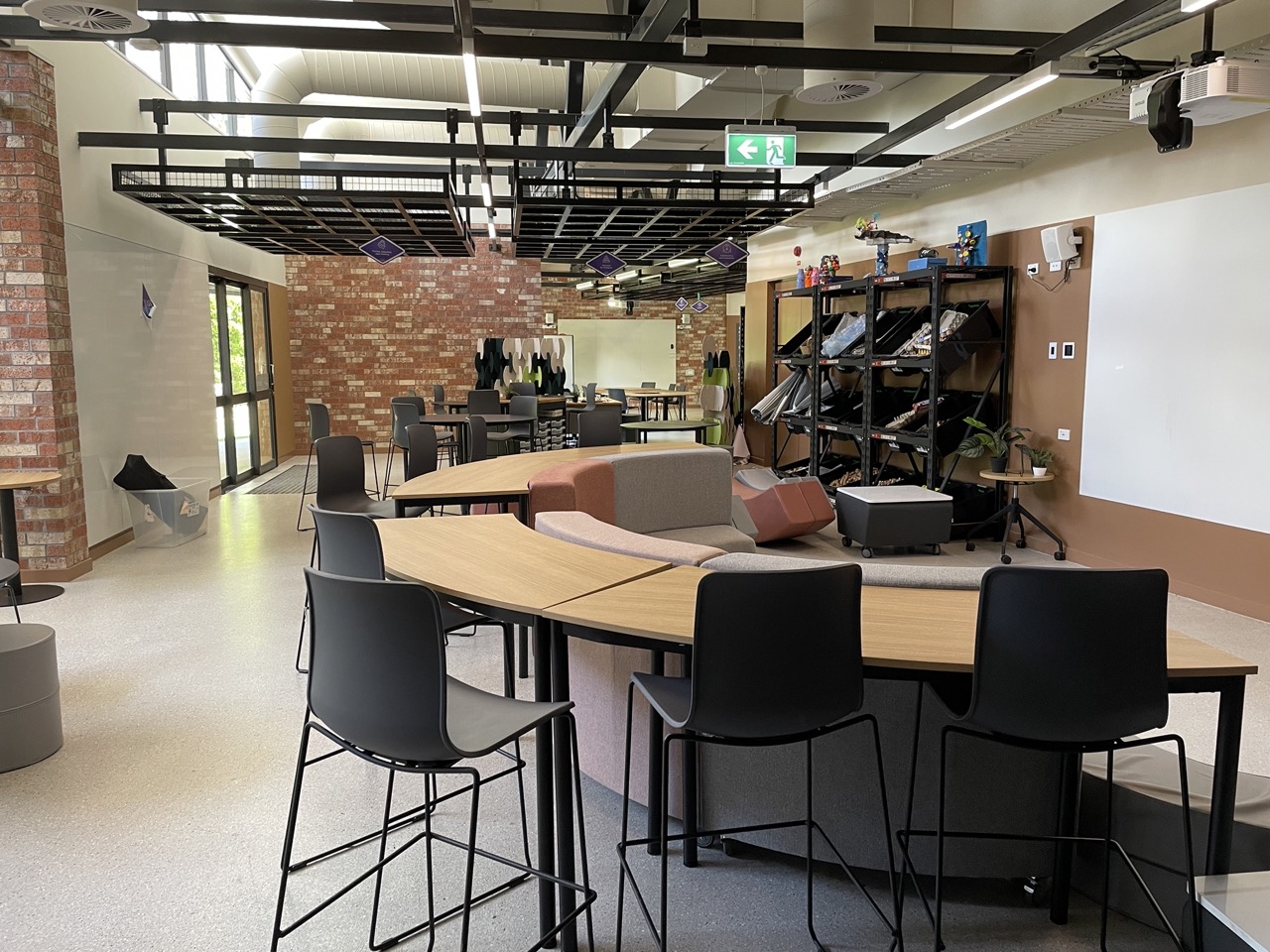
Mistakes and growth
Makerspaces are all about learning, whether that is through hands-on discover, picking up a book and then translating that skill into practice, or making mistakes through trial and error to refine a solution to a problem. Makerspace provide students with the space and resources to make mistakes and learn in their own way. Mistakes are not errors, but instead just the next iteration of an idea on the journey towards a working solution and failures are opportunities for growth and celebrating incremental progress. And yes, that also means embracing the mess.
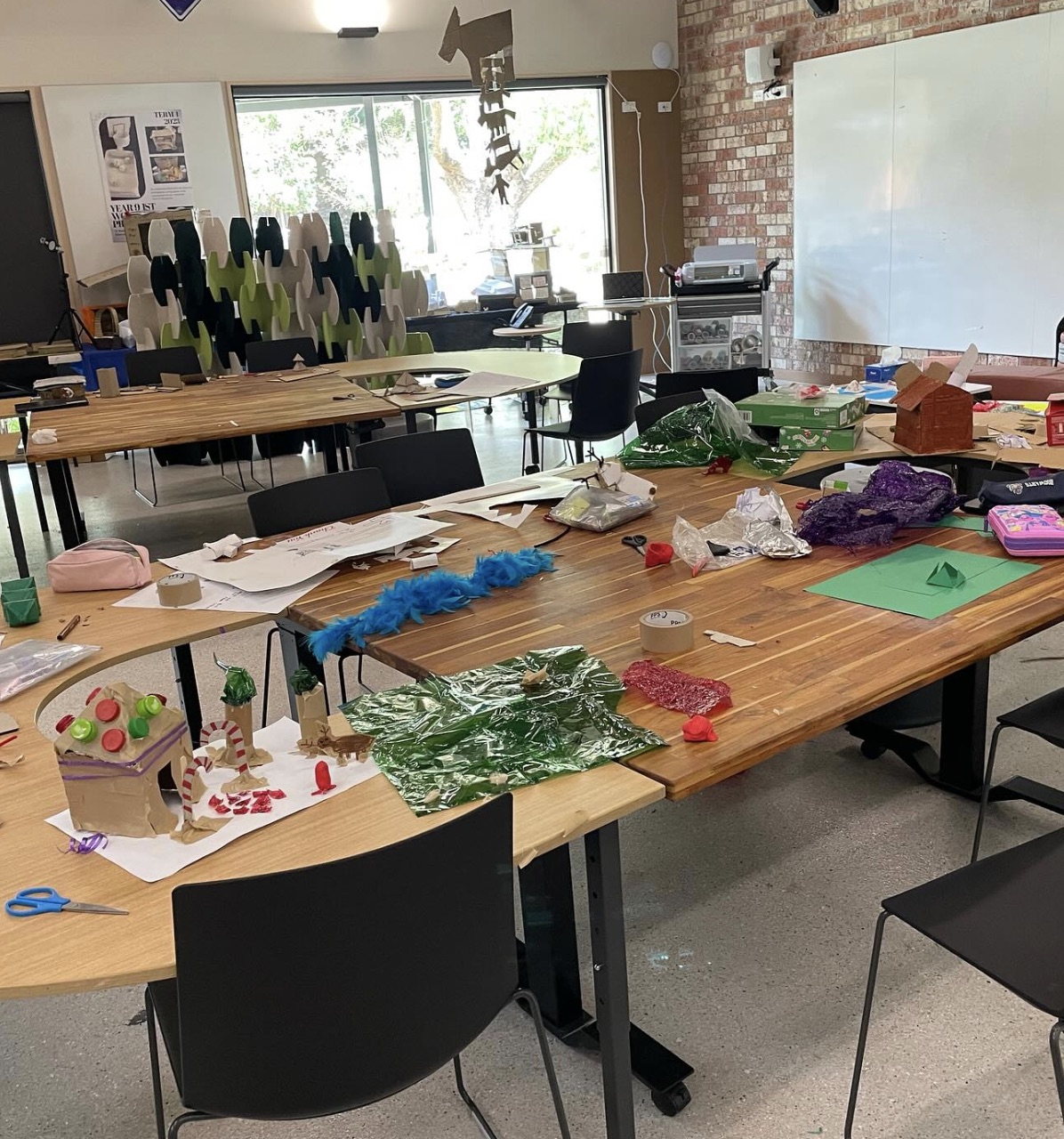
Integrating Interdisciplinary Learning
Makerspaces, just like school libraries, offer the opportunity to bridge traditional subject boundaries. By integrating various curriculum areas – science, history, literature, mathematics, technology, or the arts – makerspaces promote holistic learning experiences. It is amazing to see students from different classes, different subject areas and different year levels, working alongside each other. Makerspaces help to reinforce that message that knowledge should be transferred across subject areas, something they struggle with due to our siloed schooling system. Students are encouraged to draw connections between seemingly disparate fields, fostering a deeper understanding and appreciation for the interconnectedness of what they are learning.
Empowering Student Agency
Key to the mindset of makerspaces is the idea of student agency. In these dynamic environments, students are not passive recipients of information; they are active participants in their learning. By providing them with the autonomy to explore their interests, pursue passion projects, and take ownership of their learning (and the space), makerspaces empower students to become self-directed learners and innovative thinkers. Makerspaces also enable students to become the teachers, working alongside other students to share their skills and ideas.
Building a Culture of Collaboration
Makerspaces thrive on collaboration. Whether it’s brainstorming ideas, troubleshooting challenges, or co-creating solutions, collaborative learning lies at the heart of makerspace culture. By fostering an environment where students collaborate, share insights, and learn from one another, educators can cultivate a sense of community and belonging.
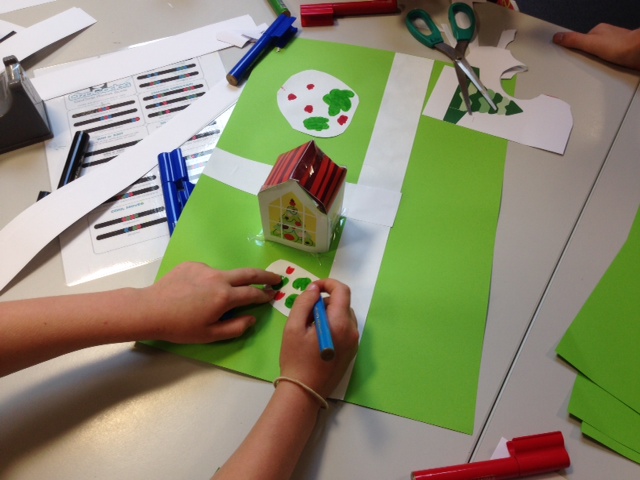
Makerspaces in school libraries serve as hubs of innovation, creativity, and collaboration. However, the journey begins not with the acquisition of tools or technologies but with cultivating the right mindset. By embracing a mindset of growth, interdisciplinary learning, student agency, and collaboration, makerspaces provide a the opportunity for students and staff to explore, experiment, and innovate.
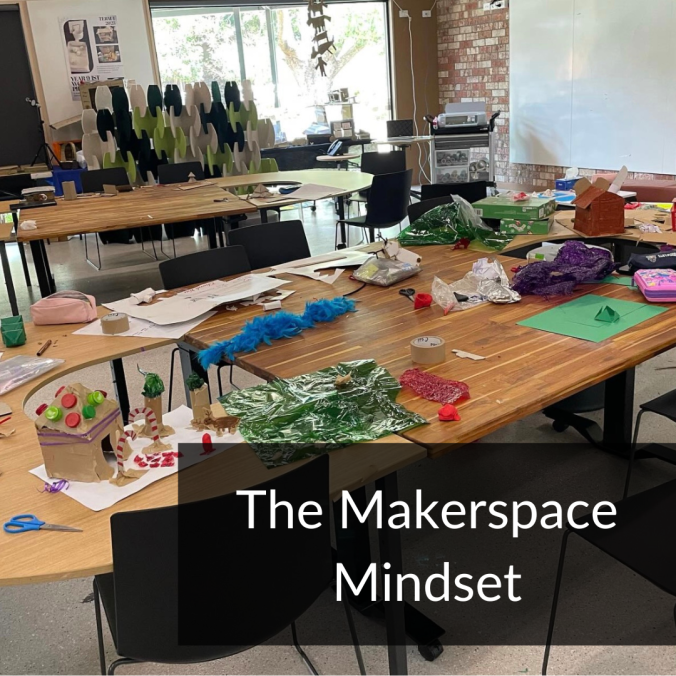
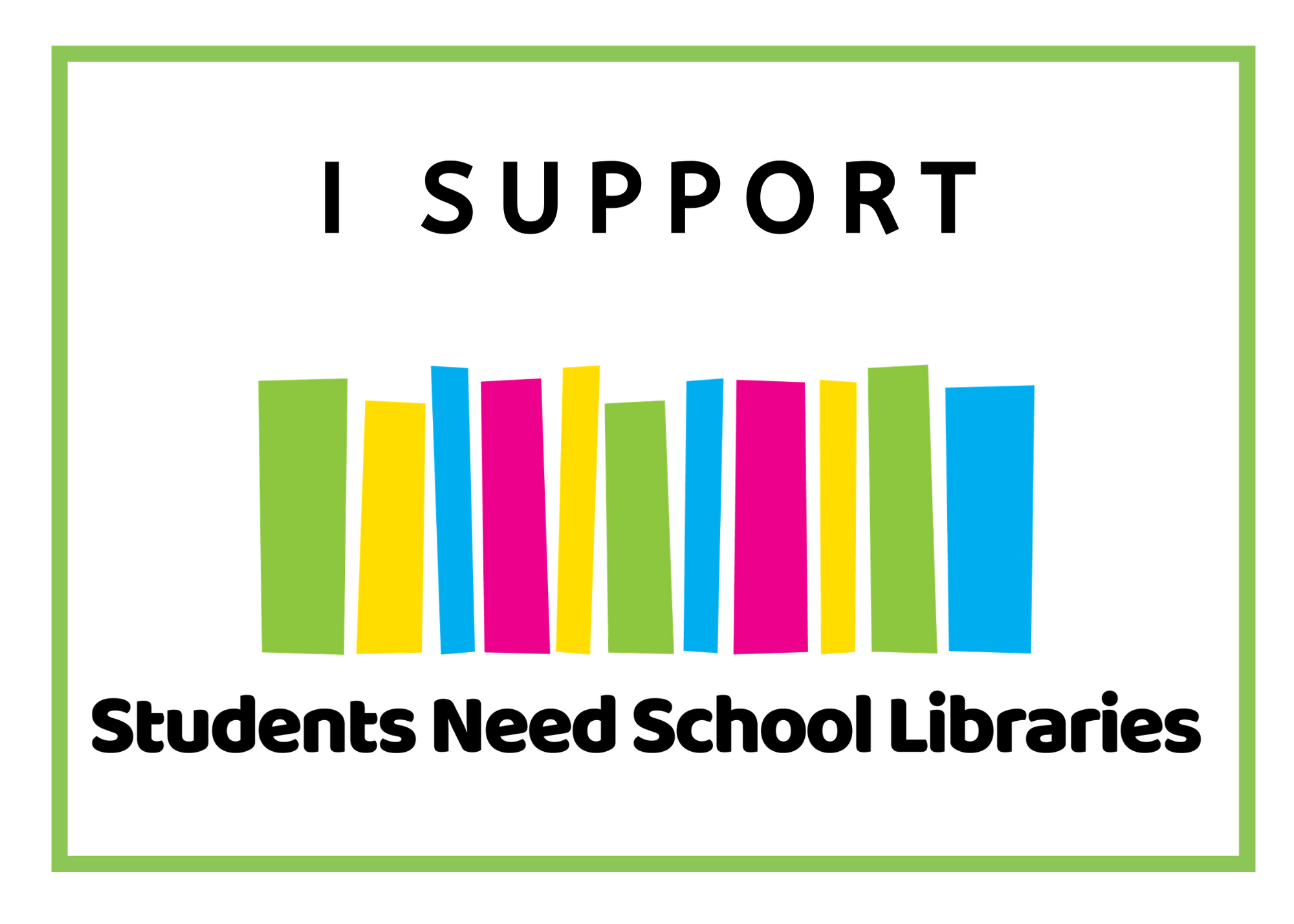

Leave a Reply